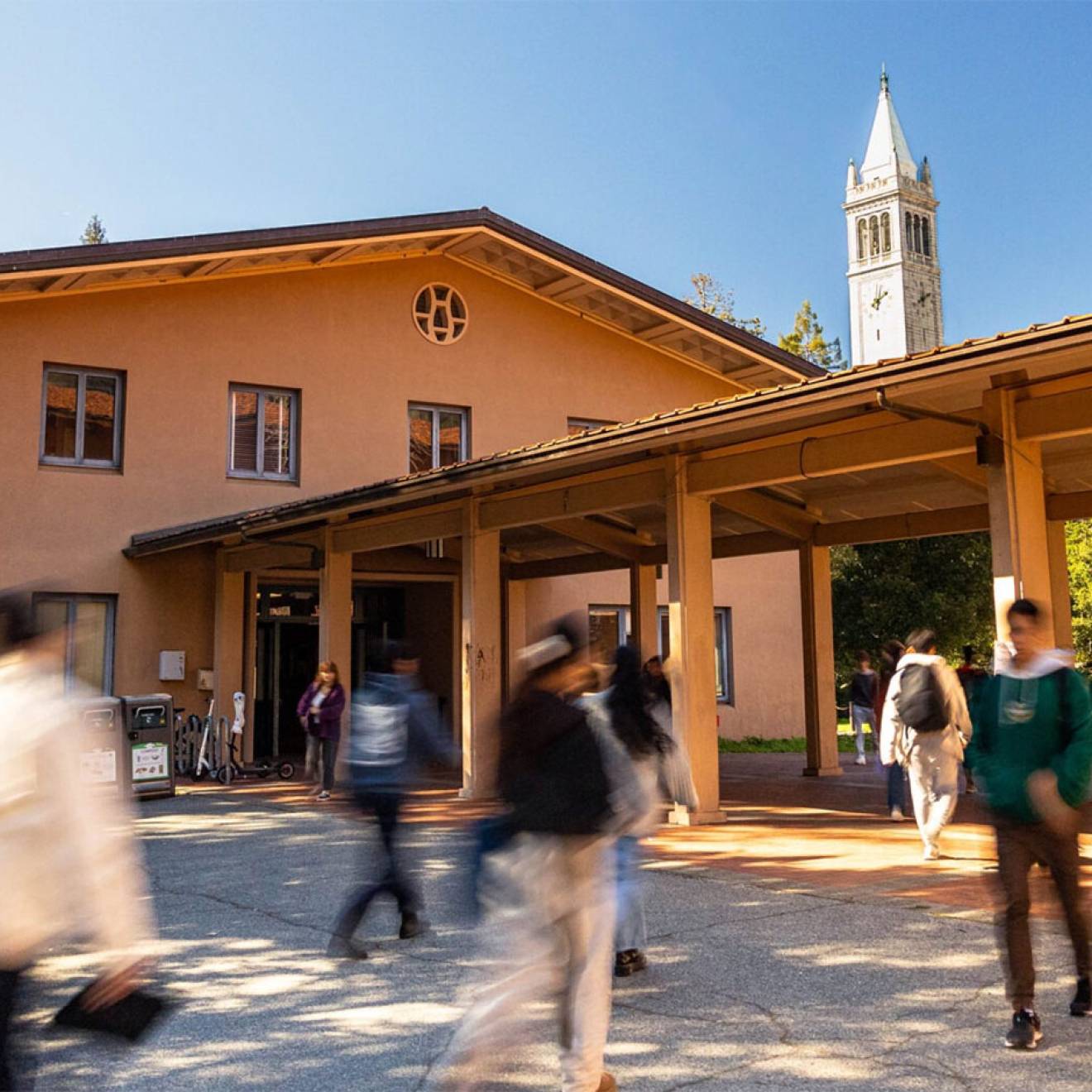In 2020, for the first time ever, the U.S. census will ask directly whether adults are involved in same- or opposite-sex married or unmarried partnerships, in order to improve the accuracy of information about the true number of same-sex relationship households in the U.S.
Sixteen years after gay marriage first became legal in Massachusetts, and five years after it became legal across the country, it’s a landmark achievement for those who have fought for decades to be recognized as equals.
But, according to Kerith Conron from UCLA’s Williams Institute, it needs to go further.
Subscribe to Fig. 1 on YouTube! Each episode explores a groundbreaking idea and the brilliant UC minds behind it.
“The old expression is ‘if you aren’t counted, then you don’t count,’” says Conron.
And the census, administered every 10 years, is the primary tool by which you are counted.
There’s a lot at stake: The census determines the allocation of federal funds, to the tune of $675 billion dollars per year. That data is used to monitor and enforce equal employment opportunities under the Civil Rights Act and housing opportunities under the Fair Housing Act; to identify population groups who may not be getting needed medical services under the Public Health Service Act; and to inform planning related to Medicaid, CHIP, TANF (welfare), housing block grants and more.
In other words, pretty important stuff.
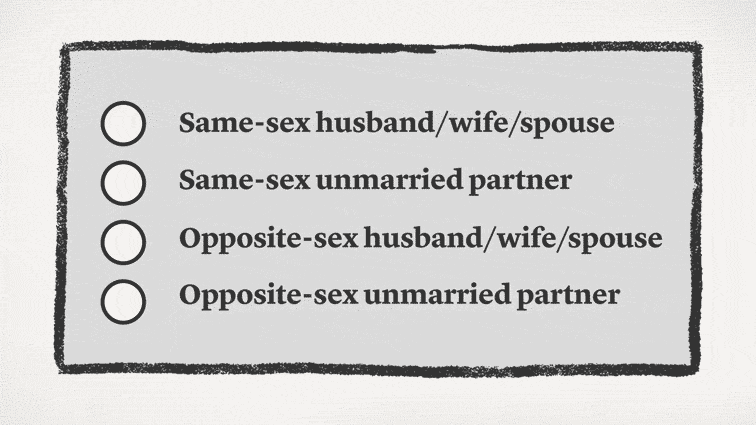
It also helps shape our understanding of our ever-changing society, projecting, for example, that the U.S. will become a “majority minority” country by 2044.
Sometimes the data itself can even help trigger a cultural change. In Massachusetts, for example, statewide data ended up helping to make the case for same-sex marriage.
“I lived in the state of Massachusetts for a very long time and Massachusetts was one of the first places where same-sex couples were granted rights and benefits. Massachusetts was the first state to legalize same-sex marriage," says Conron. "It was very powerful [to cite] information about the number and location of same-sex households in these discussions because we were able to say that there are lots of people who live in same-sex households and they're also households that include children.”
Because so many benefits accompany legal marriage, marriage advocates were able to make the point that it was unreasonable to deny so many households, responsible for children and others, access to the same rights and resources. “That argument was compelling in Massachusetts, and that argument was compelling at the Supreme Court level as well,” notes Conron.
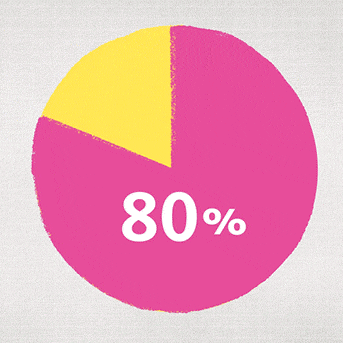
But there’s more to the LGBTQ community than marriage, or married couples. Activists and more than 75 members of Congress launched a campaign to incorporate questions about gender and sexual identity on the survey. But their efforts were rebuffed. The Census Bureau said there was “no federal data need.”
As a result, Conron estimates that the census overlooks about 80 percent of adults in the LGBTQ community.
If you are a lesbian, but not living with a partner, or if you identify as transgender, you are invisible. If you are a bi- or queer-identified person living with an opposite-sex partner, you are also invisible. If you aren’t living with a same-sex partner, you are invisible.
Typical estimates of the percentage of gay and lesbian adults in the U.S. hover between 3 and 4.5 percent. But surveys of teenagers actually pinpoint that number at much closer to 8 to 9 percent, which means the gay population could more than double within a generation. All gender identity trends, including recent ones (27 percent of California teens now identify as gender nonconforming, according to the Williams Institute) will also go completely unaccounted for.
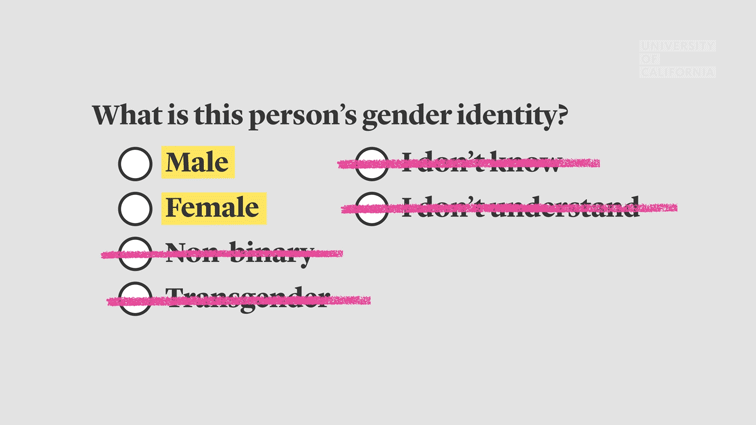
This creates a huge gap in our ability to understand and provide services to the LGBTQ community, with a particularly high cost for transgendered people, who suffer from a lack of good data and corresponding resources. Their push for visibility in other surveys has made a difference, according to Conron: “Even doing an analysis of federal funding for transgender research, I’ve seen a major increase in the number of grants funded for transgender folks in the last 10 years.” And it isn't as though we don't know how to ask these questions — the Williams Institute has even developed a series of best practices for doing so.
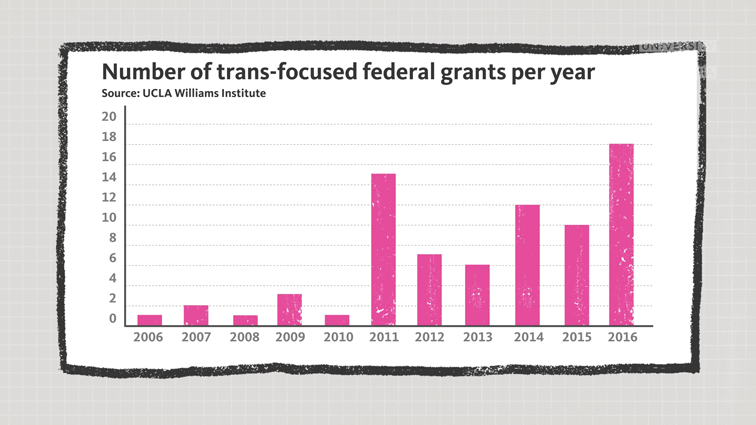
Despite the shortcomings of the current census, Conron believes that it will eventually become more and more inclusive.
“I am confident that there are many people in federal government that believe inclusive data collection is a priority and that data collection will move forward,” states Conron.

